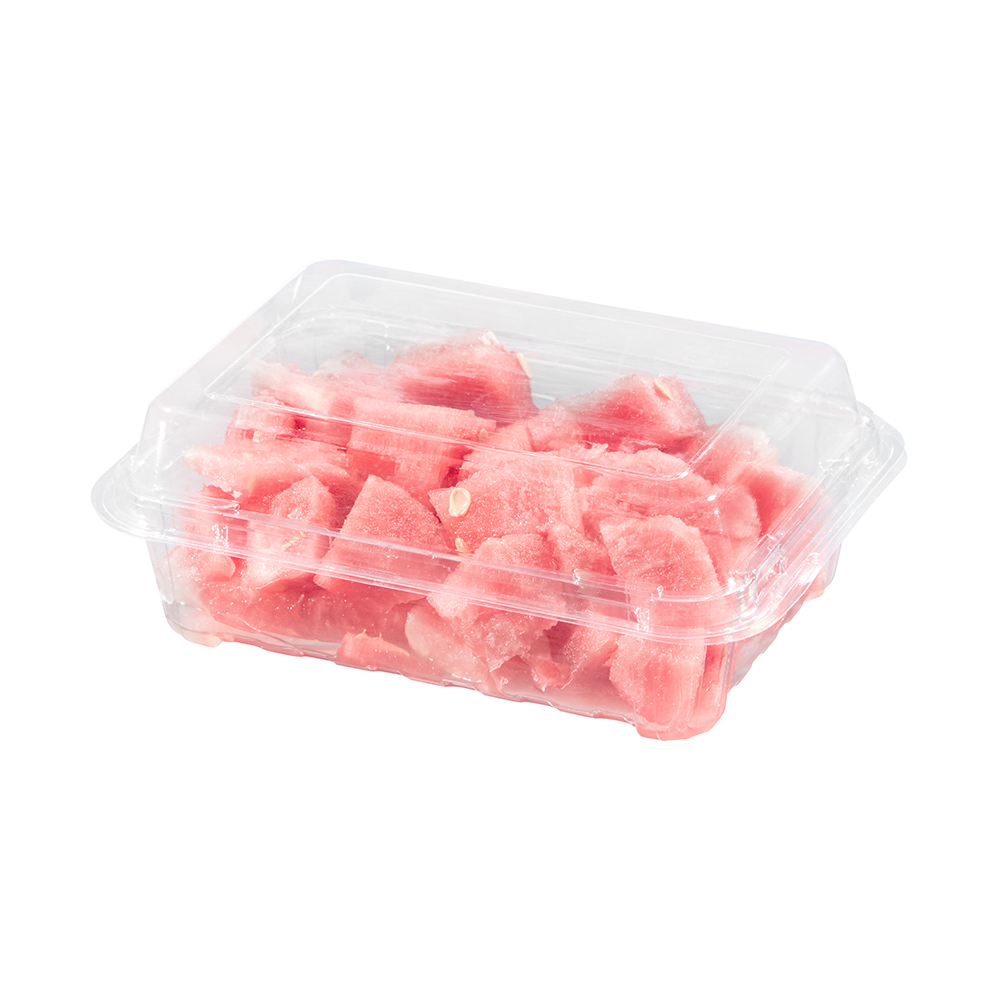The market for fresh-keeping containers continues to demonstrate stable growth as consumers and businesses increasingly prioritize food preservation and storage solutions. These specialized containers, designed specifically to maintain food quality over time, have become common household and commercial items worldwide. The fundamental purpose of a fresh-keeping container extends beyond simple storage to actively preserving contents through various technological and design features. This functional focus has established the fresh-keeping container as an essential tool in modern food management systems.
Manufacturing standards for fresh-keeping containers have evolved to address both preservation effectiveness and material safety. Production facilities typically utilize food-grade polymers that meet regulatory requirements for food contact applications. The manufacturing process for a quality fresh-keeping container involves precision molding to ensure consistent sealing surfaces and durable construction. Many manufacturers subject their fresh-keeping container products to rigorous testing for leak prevention, durability, and material stability under various temperature conditions. These quality assurance measures help ensure that each fresh-keeping container performs its intended function reliably.
Household applications represent the largest market segment for fresh-keeping containers, with modern kitchens typically containing multiple units in various sizes. Consumers utilize fresh-keeping containers for storing leftovers, organizing pantry items, and preparing meals in advance. The practical benefits of a reliable fresh-keeping container include reducing food waste through extended preservation and maintaining kitchen organization. The widespread adoption of fresh-keeping containers in domestic settings reflects growing awareness of food conservation principles and efficient household management.

Commercial food service operations have integrated fresh-keeping containers into their daily workflows for both storage and food preparation purposes. Restaurants, catering services, and institutional kitchens utilize fresh-keeping containers for ingredient storage, portion control, and food transportation. The operational efficiency provided by a well-designed fresh-keeping container system contributes to kitchen organization and food safety compliance. The standardized dimensions of many commercial fresh-keeping container lines facilitate efficient stacking and storage in space-constrained professional environments.
Technological features incorporated into modern fresh-keeping containers have become increasingly sophisticated. Many contemporary fresh-keeping container designs include enhanced sealing mechanisms that create more effective barriers against air and moisture. Some fresh-keeping container products feature specialized ventilation systems for specific food types requiring controlled atmosphere conditions. The development of these technical aspects represents the industry's response to consumer demand for improved preservation performance in fresh-keeping container products.
Material innovation continues to influence the fresh-keeping container market, with manufacturers exploring new polymer formulations and alternative materials. Recent developments include fresh-keeping container options made with more sustainable materials while maintaining preservation effectiveness. Some manufacturers have introduced fresh-keeping container lines utilizing partially recycled content without compromising food safety standards. These material advancements reflect the industry's adaptation to evolving consumer preferences and environmental considerations regarding fresh-keeping container production and disposal.
The future development path for fresh-keeping containers appears likely to include continued refinement of existing features and potentially the introduction of new preservation technologies. Market observers anticipate ongoing consumer interest in food preservation solutions that combine practical functionality with material safety and environmental responsibility. The established role of fresh-keeping containers in reducing food waste suggests sustained market relevance as food conservation remains an important global concern. As material science advances and consumer preferences continue to evolve, the fresh-keeping container industry seems well-positioned to adapt while maintaining its fundamental focus on effective food preservation.


 en
en English
English 中文简体
中文简体 Español
Español Deutsch
Deutsch





